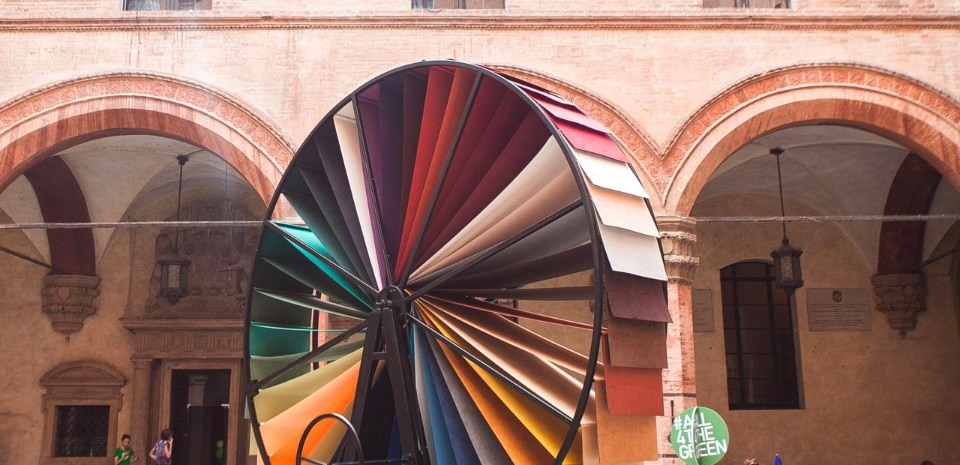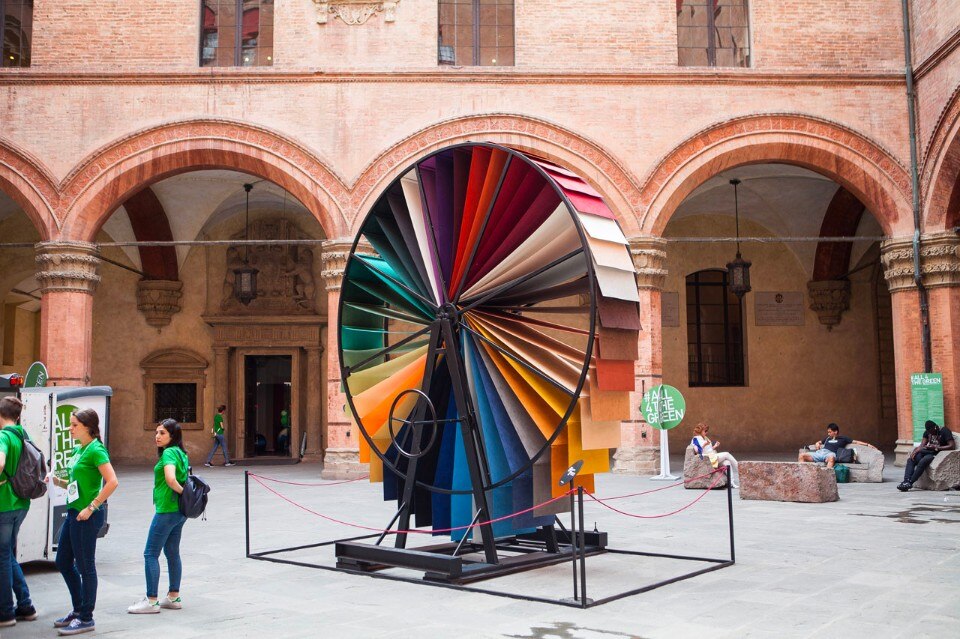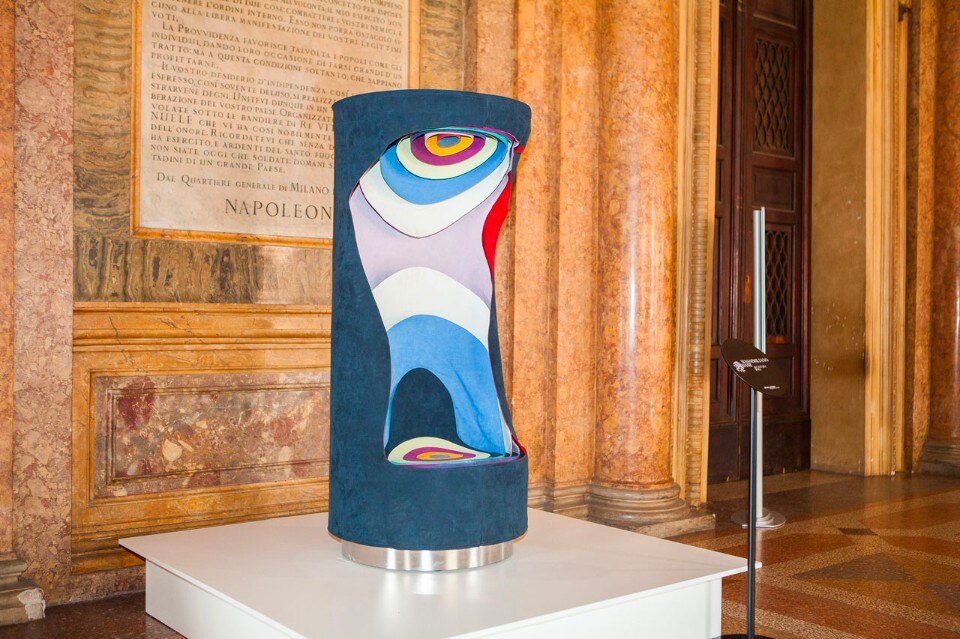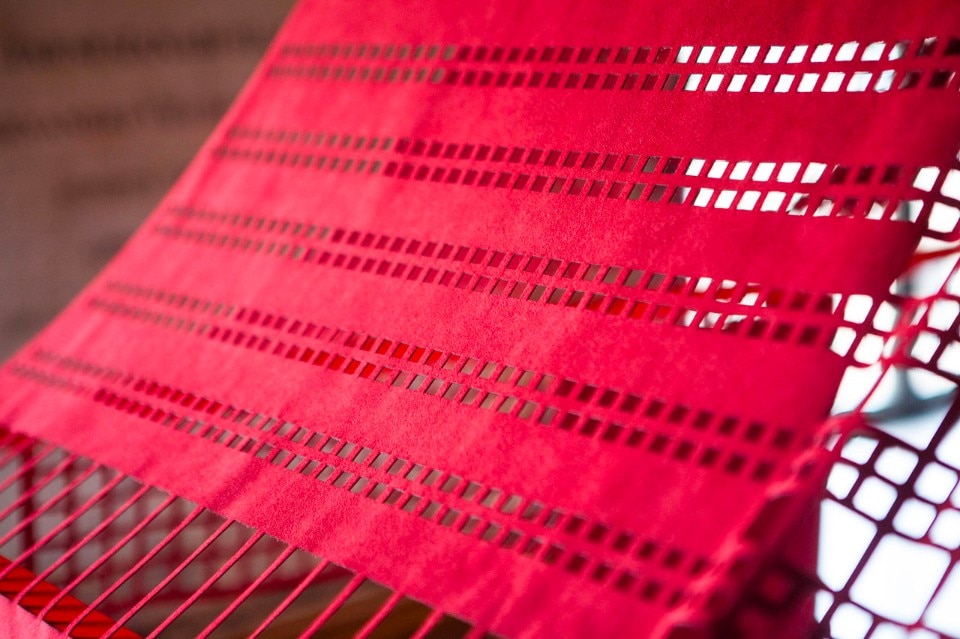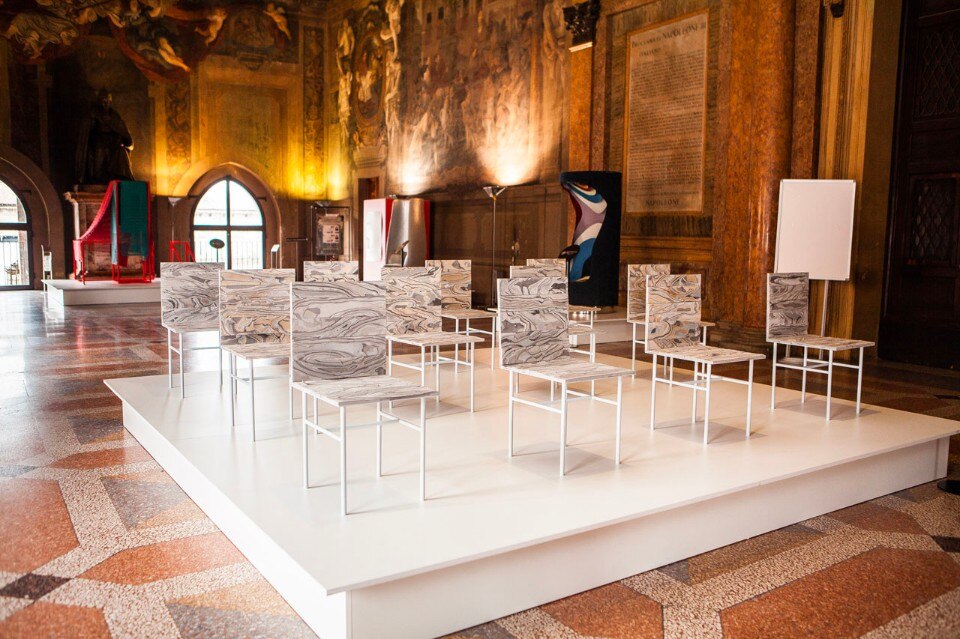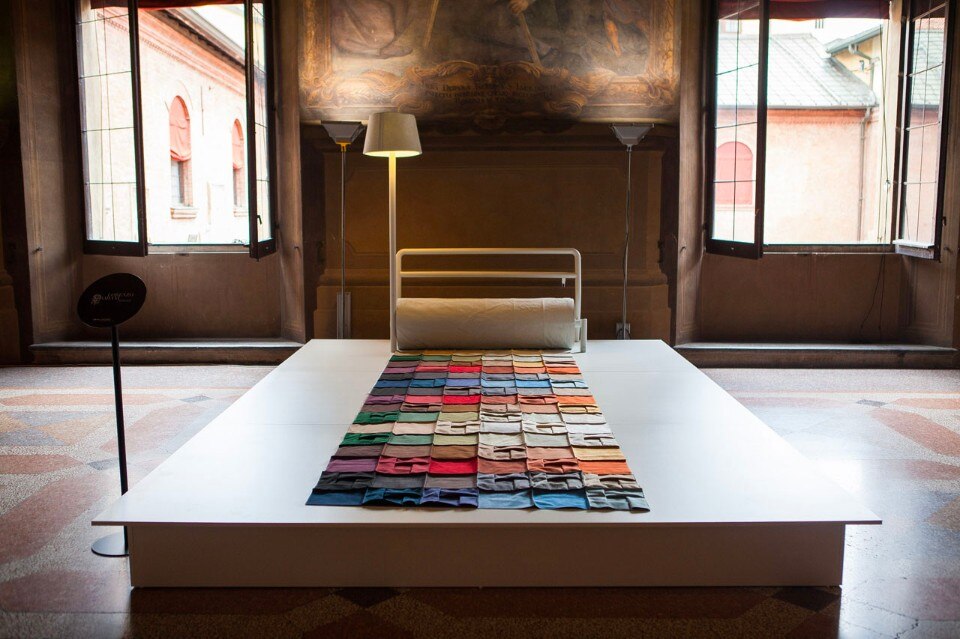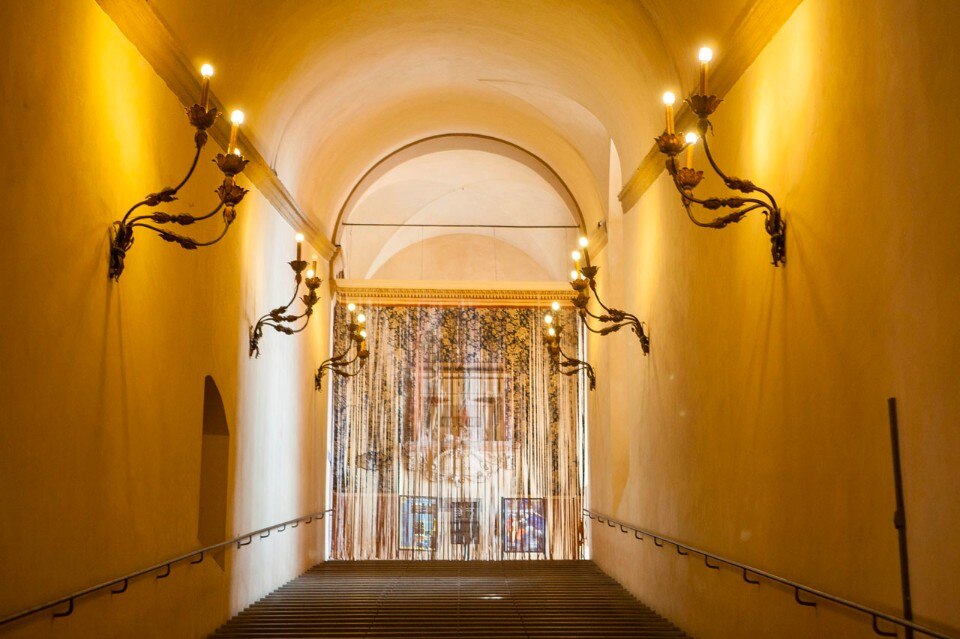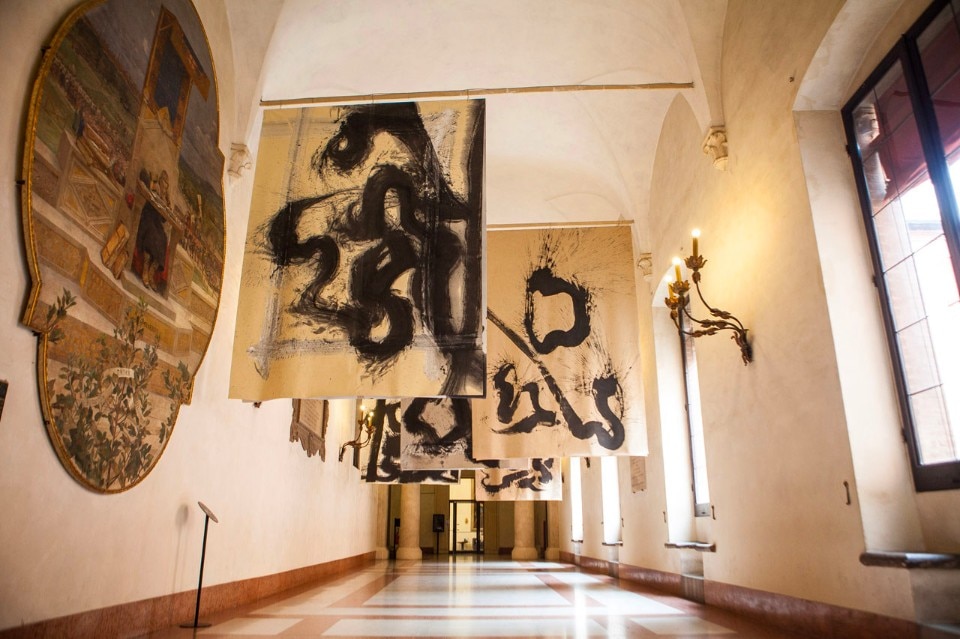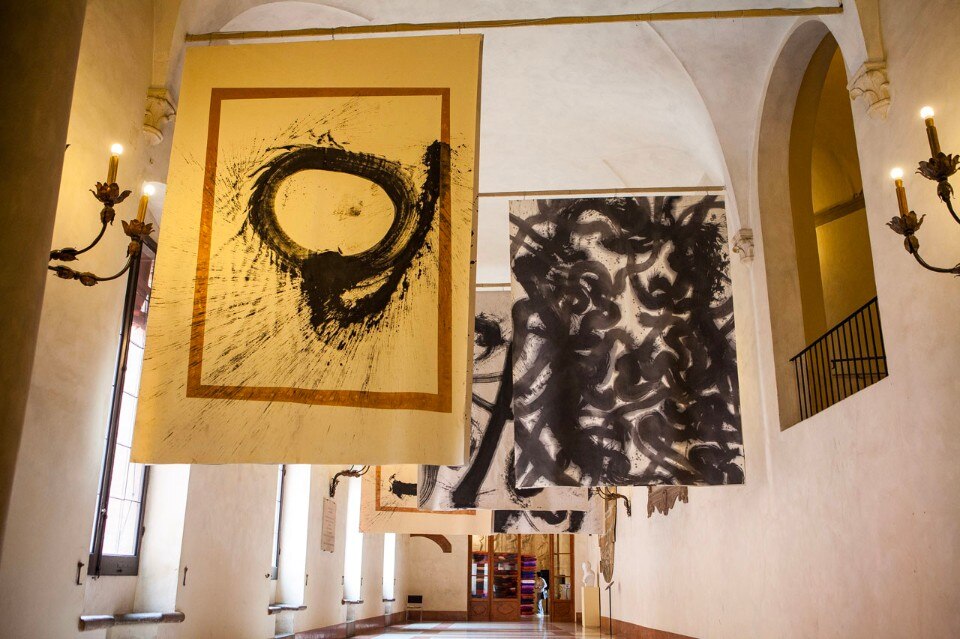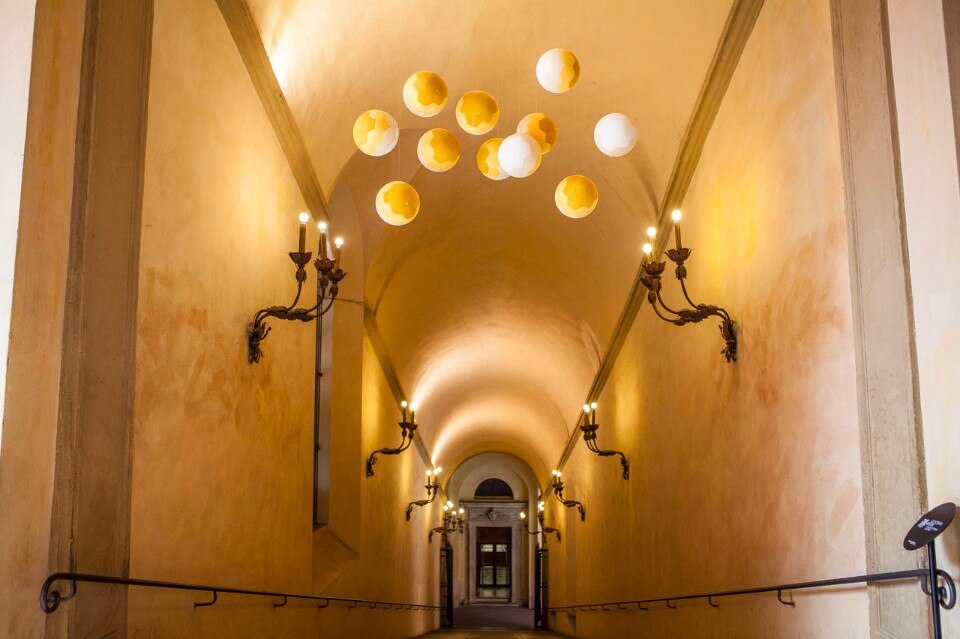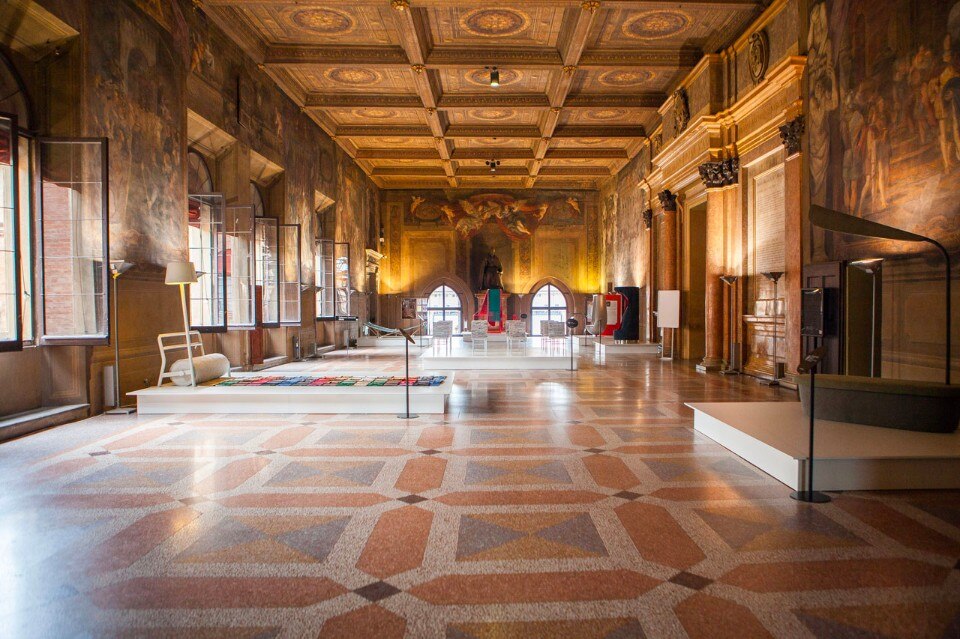
 View gallery
View gallery
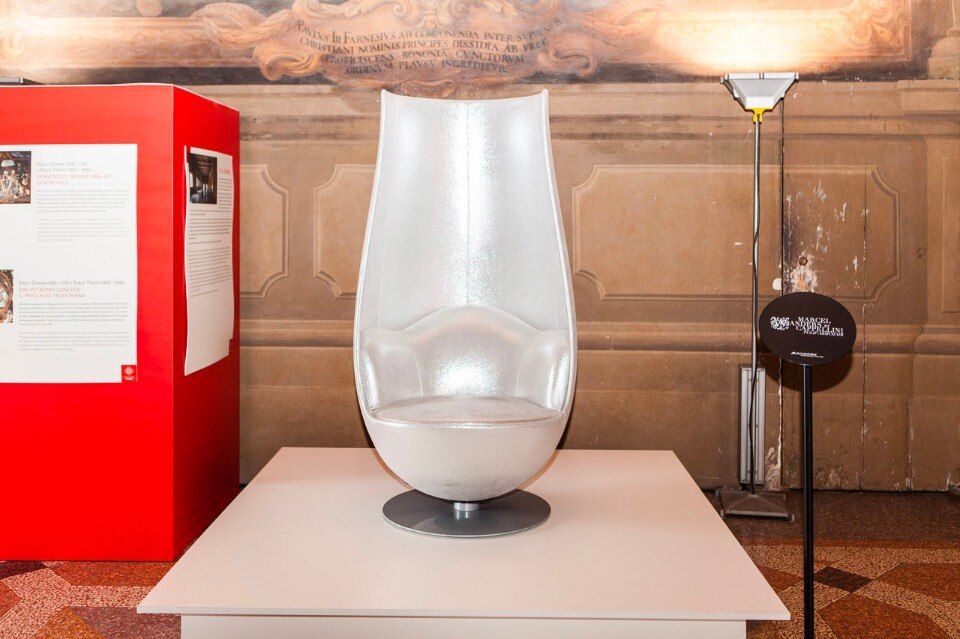
Marcel Wanders by Cappellini, Tulip Armchair, Alcantara Sustainable Reinassance, Bologna, 2017
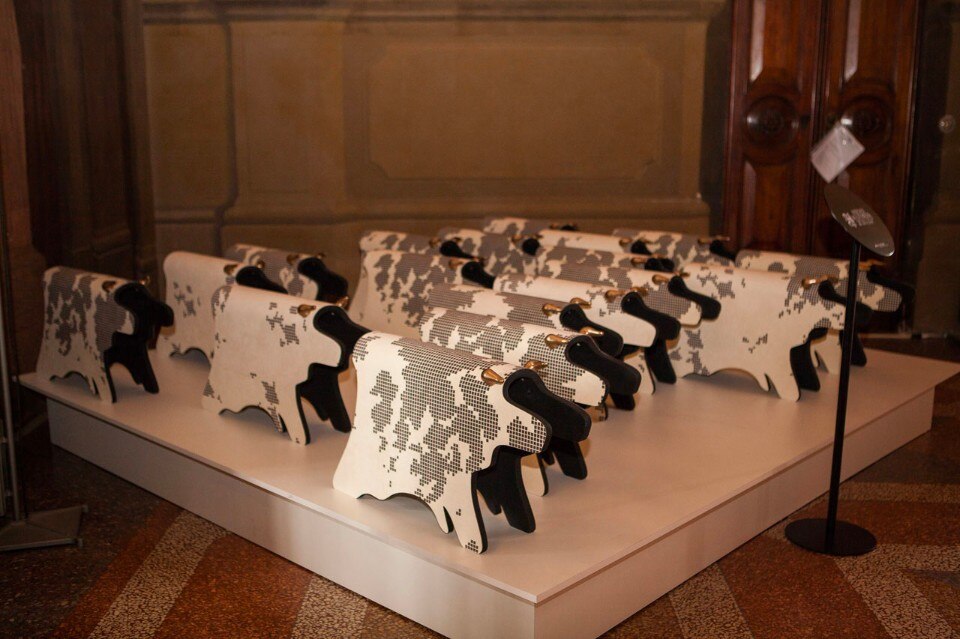
Steven Maulenbeek, Chicago / City of bigshoulders, Alcantara Sustainable Reinassance, Bologna, 2017
The exhibition brings together the past and the future through historical and contemporary works which share the same cultural and artistic value; its purpose is to focus the attention of the seven major economies and of the exhibition’s visitors on Alcantara’s commitment to sustainability. “Alcantara Sustainability Renaissance” begins in the Palazzo’s cloister with the installation of Migliore + Servetto’s Cromofono, a spectacular stage machine for the grand festivities typically held in the royal courts of the past. Its story is renewed through a symphony of colours, textures and sounds of unprecedented beauty.
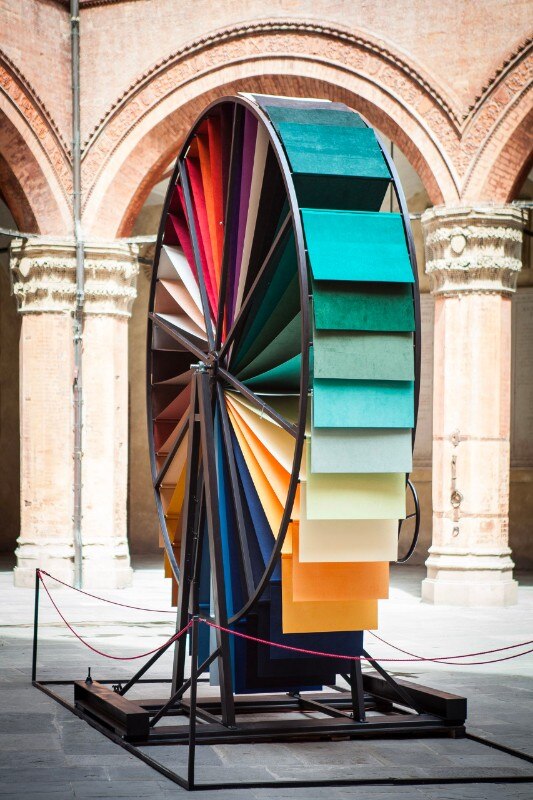
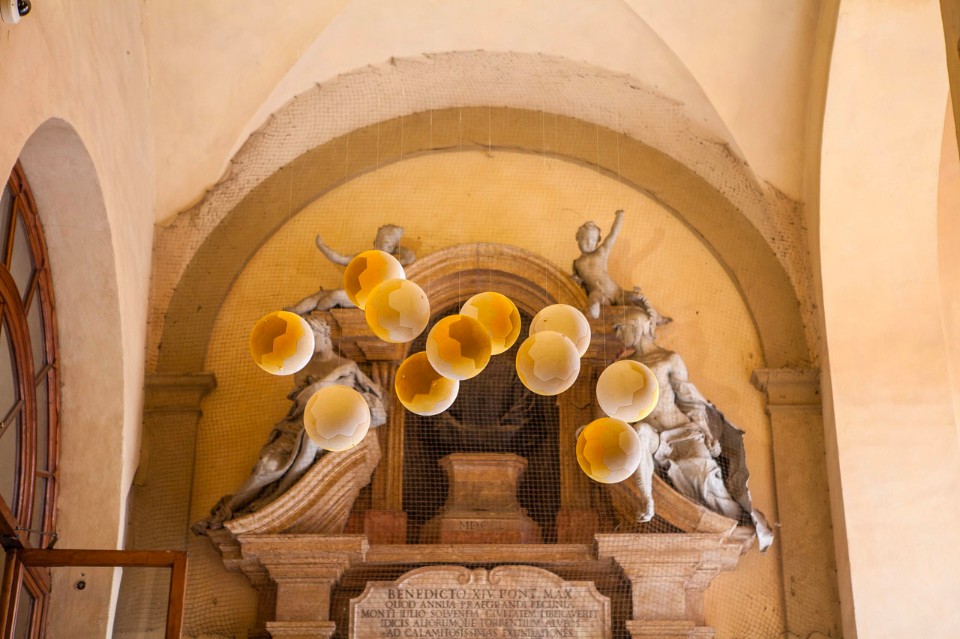
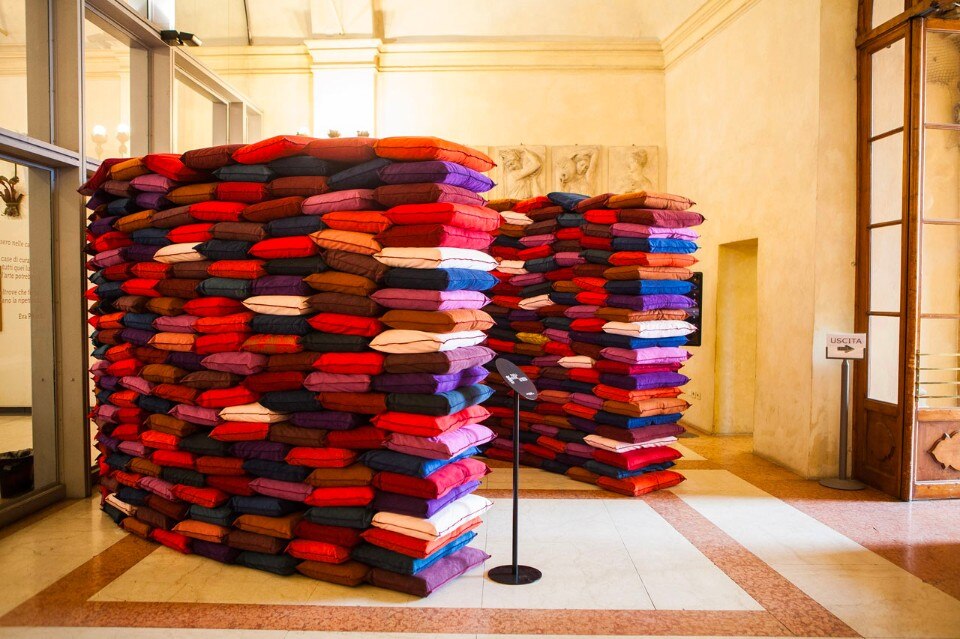
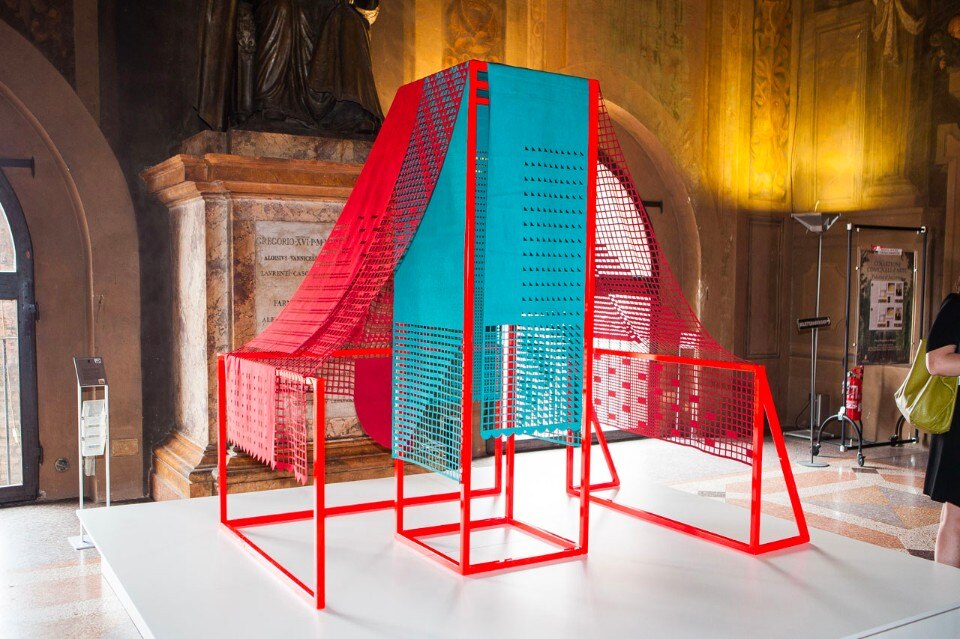
until 12 June 2017
G7 Environment
Alcantara Sustainability Reinassance
curated by Gentucca Bini
Palazzo d’Accursio
piazza Maggiore 6, Bologna


